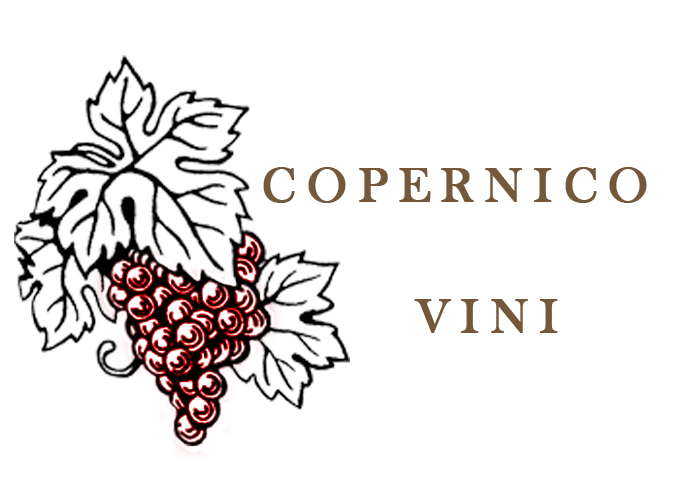Grapvines: Cabernet Sauvignon

Historic Outline
The plant has its origins from Bordeaux, France in the zones of Graves and del Medoc. The name, Cabernet Sauvignon, is taken from where the plant was first thought to be discovered. It is hypothisised that the plant has two origins, one in Vitis Carbonica di Plinio and the other in the neighboring town of Cabonet. Therefore the plant was named using the names of both of these towns giving us a name that all the world knows; Cabernet Sauvignon.
This grape is known throughout the world for its production of high quality wines and their longevity. It is commonly used along with Cabernet Franc and Merlot plants in the production of various wines from Bordeaux.
At the beginning of the 9th century the plant came accross Piedmonte and spread into Italy demonstrating a great capacity to adapt to the most desperate weather conditions. The plant has been able to maintain all its known characteristics whether it is grown in the soils of France or the diverse soils of Italy.
This plant produces intense wines, rich in aromic essence and is suited for long aging processes. Thanks to its big structure it can allow for long soaking and refining in oak barrels, above all French oak, giving the wines an enchanting and complex oak bouquet.
Characteristics
The leaf is medium in size and pentagonal in shape with deep indentations.
The bunches of grapes are small to medium in size, oblong and cylindrical – pyramid in shape and very compact.
The grape is medium in size, almost perfectly round with a very resistent blue-black skin with a violet shading and has a rich pulp.


 Italiano
Italiano